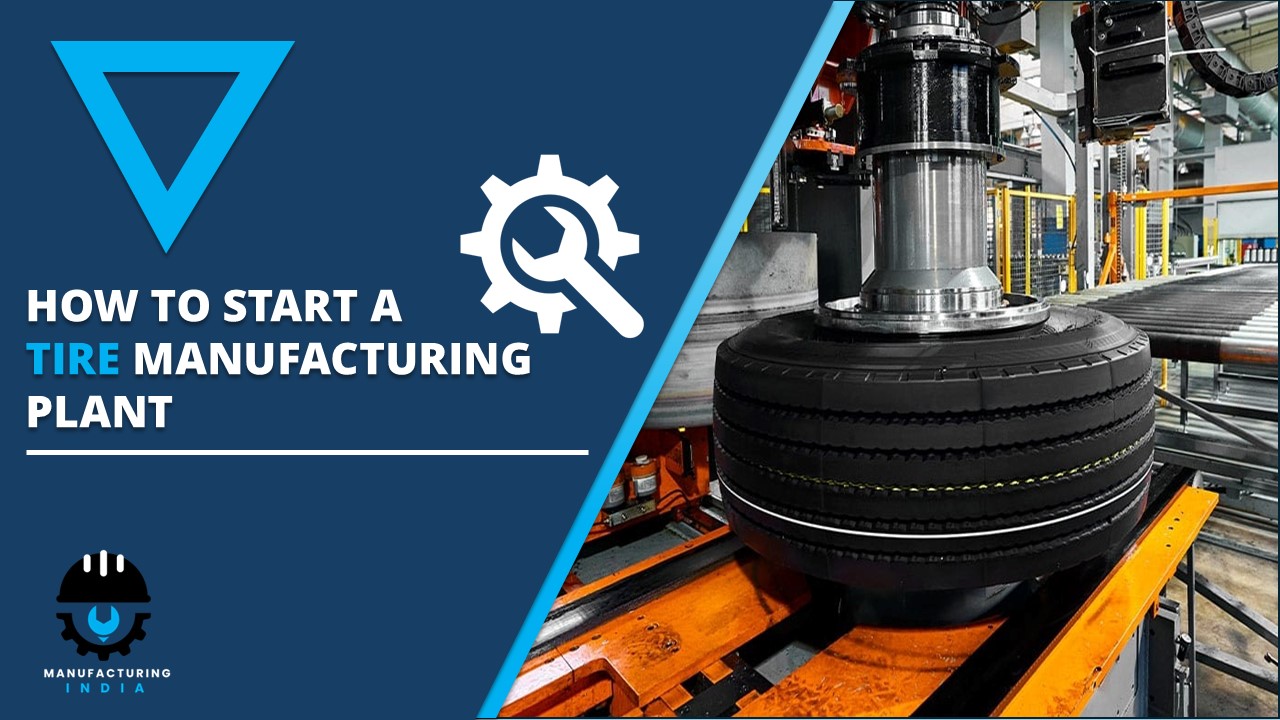The growing consumer preference for hygienic, purified, and mineral-enriched water has led to an increase in demand for mineral water, making it essential for new businesses to adopt best practices in production, packaging, and distribution. Embarking on the journey of establishing a mineral water manufacturing plant is a profitable opportunity that calls for comprehensive strategic planning, regulatory compliance, and efficient execution.
The mineral water industry is experiencing significant growth, fueled by increased health awareness and the demand for safe drinking water. To navigate the industry landscape, entrepreneurs must consider factors such as market research, licensing, infrastructure, and operational efficiency. Businesses can streamline this process by leveraging on-demand professional resources such as the Mineral Water Processing Plant Project Report by the IMARC Group, which provides feasibility reports, cost estimations, and requirements for technical necessities.
Step-by-Step Process to Setting Up Mineral Water Facility
This guide will walk you through the key steps—from market research and factory setup to licensing, production, and distribution—to help you build a successful and sustainable mineral water business.
Step 1: Market Research and Strategic Business Plan
A critical first step is to carry out extensive market research. This involves competitive landscape analysis, prevailing pricing models, and emerging consumer preferences within your target market. Knowing what your competitors ace at and fail at, their pricing models, and what consumers want will help position your brand better. Identifying niche markets in the form of flavored mineral water or specialized packaging can give a competitive edge. Assess if your focus should be on smaller, on-the-go bottles, or on eco-friendly packaging, to resonate with a particular consumer group.
This market analysis should inform the development of a comprehensive business plan. This document will be your roadmap, outlining your business objectives, target market, financial projections, marketing approach, and operational strategy. A well-structured business plan is not only for securing necessary funding but also guides your business decisions throughout its lifecycle. It makes you think about every aspect of your business and anticipate the problems that may come your way.
Step 2: Analyzing Requirements
- Location: Location is a significant parameter that influences the profitability of the mineral water manufacturing business. Appropriate road connectivity and proximity to the source of water are crucial factors to consider.
- Machinery: The treatment and packaging equipment adopted in the manufacturing facility include:
- High-pressure Pump
- Raw Water Pump
- Carbon Filter
- Dual Media filter
- Micron Cartridge filter
- Antiscalant Dosing System
- Pretreatment
- UV system
- Ozone System
- Reverse osmosis pump
- Bottle Rinsing, Filling, Capping machines
With capacity fluctuations, the business owner may require higher-capacity machines, which can surge the initial cost of plant setup.
- Space and power requirement: The space necessary for setting up the entire plant depends on the volume of water planned to be treated and sold. This relies on the local market demand and the presence of capacious water sources.
IMARC’s Key Consideration: There are four primary parts in a typical bottling plant: water treatment section, a dedicated section for bottling, a lab for quality control, and general space for utility. Typically, a standard 2000 liters per hour (LPH) mineral water plant will require over 5000 sq. ft setup with 3000 sq. ft of covered area. The power requirement for this arrangement is around 65 HP.
Step 3: Regulatory Compliance and Licenses
Navigation of the regulatory landscape is critical. Licenses and permits are necessary, and these differ based on location. In India, this would include BIS Certification (ISI mark), which is mandatory for packaged drinking water, and an FSSAI License, which is essential for all food businesses, including mineral water plants. These certifications assure consumers of the quality and safety of your product.
Businesses need to comply with the Bureau of Indian Standards (BIS) specifications for packaged drinking water (IS 14543) and FSSAI regulations to ensure the safety and quality of the product. Failure to comply with such regulations may lead to penalties, and in the worst cases, the closure of your business.
A manufacturing facility requires a Factory License. This ensures that your facility meets safety and environmental standards. If your plan involves sourcing water from a natural source, a Water Extraction Permit will be required. This is important for sustainable water management and protection of natural resources. In addition, a Municipal Corporation Health License is required to operate within the local jurisdiction, and depending on the scale of your operation and water source, you may require environmental clearances.
Step 4: Water Treatment and Purification
Water treatment and purification is at the heart of the process. Begin with a comprehensive water analysis conducted by a certified laboratory to ascertain its mineral content and identify any impurities. This analysis will give you a thorough understanding of the water you’re working with, and the data will give a direction to the treatment process. Based on the water analysis, select the most appropriate water treatment methods.
Commonly used treatment processes include suspension of suspended solids and sediments through filtration. Dissolved minerals and impurities are removed with reverse osmosis (RO). Bacterial and viral impurities are disinfected by UV. A further disinfecting process of taste improvement and mineralization includes the addition of specific minerals in order to adjust the desired mineral composition.
The specific treatment process you choose will depend on the results of your water analysis and the kind of mineral water you intend to produce. Invest in high-quality and reliable water treatment equipment based on your chosen treatment process. Reliable equipment will ensure that the water is consistently good and help minimize downtime.
Step 5: Bottling and Packaging
Utmost care must be taken while bottling and packaging the mineral water. Appropriate bottle sizes and materials are selected, mainly PET bottles. Consider the size that your target market may prefer. A number of businesses including Nestlé Pure Life, Evian, Highland Spring , and others have adopted rPET bottles for environmental sustainability. This reflects a commitment to environmental responsibility, which can also be a sales point for green-conscious consumers.
Invest in automatic or semi-automatic filling and capping machines, depending on your anticipated production capacity. The level of automation you choose will depend on your budget and the scale of your operations. Design attractive and informative labels that comply with all relevant regulations. Your label is your first point of contact with the consumer, which makes it important for brand recognition. Use packaging material that is durable and protects the bottles from damage during shipping and storage. Well-protected packaging safeguards the products against damage during shipping and storage.
Step 6: Quality Control and Testing
Quality checks and testing are necessary at every production point. Establish a laboratory for quality control for regular testing of water quality at various stages. The frequent testing would ensure that the water has met all the qualitative standards. Routine tests for physical, chemical, and microbiological parameters are conducted in accordance with BIS standards. These would help to identify any problems early on. Maintain records of all tests and quality control measures. Detailed records are fundamental in proving conformity with regulations and tracing the change in the quality (if any) of your product.
Step 7: Marketing and Distribution
A well-designed marketing and distribution strategy is required to reach the target consumers. Develop a marketing plan demonstrating the segmentation of the target market along with ways and means for accessing them. Consider various marketing avenues, including advertising, promotions, and distribution channels. A multi-faceted marketing approach usually proves to be the most effective. Establish a robust distribution network by collaborating with distributors, wholesalers, and retailers to ensure that the products reach consumers efficiently. The ability to directly offer the product to consumers necessitates a robust distribution network. Reach out to online channels to build your market coverage. Online sales help greatly expand your potential customers.
Step 8: Financial Planning and Funding
Financial planning and acquiring funding are essential aspects of starting a venture. Estimate all project costs, including land, building, equipment, raw materials, licenses, and running costs. A detailed cost analysis is important in securing funding and proper management of your finances. Identify appropriate funding sources for your venture, such as bank loans, venture capital, or government subsidies. Research what kind of funding is available to find the proper fit for your business. Once operational, manage your finances effectively by maintaining accurate financial records and managing your cash flow efficiently. Appropriate financial management is essential for the long-term sustainability of your business.
Step 9: Operations and Management
Effective operations and management are crucial for the smooth functioning of a business. Recruit skilled personnel for production, quality control, marketing, and administration. A skilled and motivated workforce is essential for the success of any business. Streamline your production processes to reduce costs and increase efficiency. The optimization of the production process will help boost profitability. In addition, proper inventory management is essential for maintaining appropriate levels to meet demand without the need for excessive storage costs, while preventing stockouts and waste.
Step 10: Continuous Improvement
The key to long-term success is continuous improvement. Stay updated on industry trends, including new technologies, changing regulations, and shifting market dynamics. The mineral water industry is constantly changing, continuous commitment to improvement will help you sustain market competition and keep up with changing customer needs.
Conclusion:
Setting up a mineral water plant is a highly resource-intensive activity. It is only through thorough planning, adherence to regulations, and a relentless pursuit of quality that success can be achieved in this competitive industry. This comprehensive guide provides a roadmap for navigating the process and launching a successful mineral water business. It is, therefore, important to consult industry experts and lawyers for the most specific guidance applicable to your location and specific circumstances. This will help you avoid errors and ensure your business is set up for success.
IMARC Group provides factory setup services with thorough planning, extensive knowledge, and strategic implementation. With expertise in market research and consulting, the company provides valuable insights into market dynamics, regulatory requirements, and investment opportunities across various sectors in the mineral water industry, including bottled water production, water purification systems, packaging solutions, and distribution networks.
IMARC Group assists businesses in optimizing operations, ensuring compliance with industry regulations, and adopting sustainable practices. From feasibility studies to facility design and supply chain management, their end-to-end support helps companies establish and scale successful mineral water ventures.




